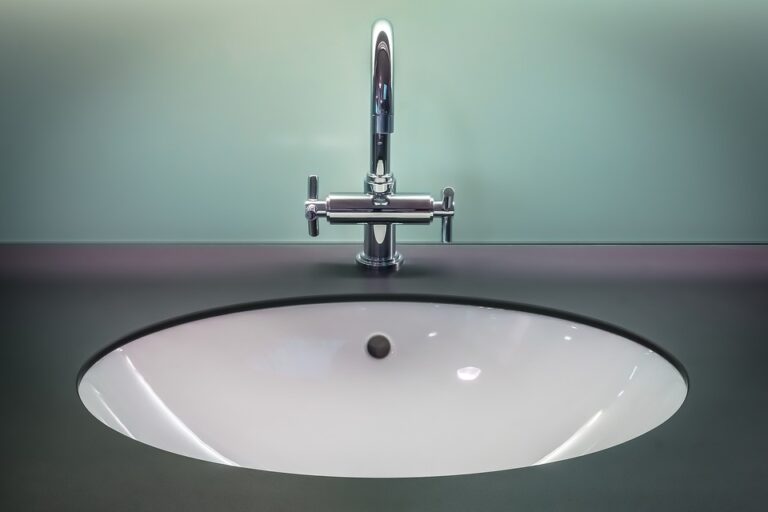What causes sinks to clog?
There are many reasons why a sink in your home may clog and refuse to drain. The most likely culprits when it comes to bathroom sinks are dirt, skin, hair, soap residue – all of which accumulate into gunk and block your pipes. When it comes to your kitchen, cooking grease, oil, soap scum and food debris are the main causes of a clogged sink.
Partial blockages and a slow drain
Oftentimes, debris and gunk will build up around the walls of your pipes and cause water to drain extremely slow. In these cases, you may be able to clear the blockage by following these steps:
- Run very hot water or pour boiling water down your drain to soften the clog.
- Follow with a grease-fighting dish detergent and more hot water.
If this is not enough to dislodge and remove the clog, wait a few minutes after the 2nd round of water and use a plunger on the drain.
Complete blockages and no drainage
If your sink is completely blocked up, and there’s water that will not drain, hot water and soap won’t be of much use.
Plunge It
Try a plunger on the drain to see if the clog will clear. When plunging a bathroom sink, be sure to cover the overflow drain. This is the other hole in the sink usually located across from the faucet. If you don’t cover the overflow drain, whatever water you push with the plunger will spill out.
Clean It
If plunging does not work, you may want to remove the drain elbow joint and clean it out. Be sure to have a bucket on hand to catch any water still present in the sink or pipes.
Snake It
The source of the clog may not exist in the elbow joint, so you may have to go deeper. A plumbing snake can be used to clear out blockages further down the pipes.
With the drain elbow joint removed, also remove the pipe that runs parallel to the wall (also known as a trap arm). This will allow you to insert the snake into the piping system, feeding it through carefully until it won’t move any further.
Using the handle, rotate the snake while pushing it gently toward the clog. Pull out the snake to see if you have removed the blockage.
Steam It
Try adding steam to the mix! This can help loosen up the particles to make the unclogging process easier.
Preventing clogs and blockages in your sink
Of course, the best way to keep your sinks clear is to prevent clogs in the first place. By paying attention to what you allow to disappear down the drain, you can prevent many blockages in your piping system.
Kitchen
The most notorious cause of kitchen sink clogs is cooking grease. While washing it away down the drain may seem convenient, the grease (and oils, too) hardens when it cools and congeals to the sides of your pipes.
Second to cooking grease, is leftover food particles. Food bits, grease and oil should all be disposed of in the garbage. To prevent food from going down the drain, use a sink guard that will trap leftovers and allow you to dump them in the garbage.
Bathroom
Sink guards are also a great idea for the bathroom, where hair is a common cause of clogs. Be sure to dispose of any hair from brushes and combs in the garbage and not down your sink or toilet.
Having trouble unclogging your sink? Contact us today for more information!

